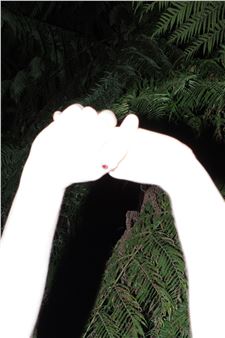On the Edge of Reason. Cycles of Works on Paper in the Age of the Enlightenment
Many form the theme of several extensive series of prints that are impressive for the breadth and variety of their vision. Scenes, as found in the Capricci and Scherzi di Fantasia series by Giovanni Battista Tiepolo and Bacchanales by Jean-Honoré Fragonard, remain enigmas even today. The strangeness of these images often leaves the viewer confused, as in the case of the sinister, brooding architectural fantasies of Giovanni Battista Piranesi's Carceri or Goya's Caprichos. For while several of their individual sheets reflect core Enlightenment themes, they also seem to contradict them, revealing visual and moral discrepancies, conveying a sense of entrapment and making the unreal appear real. The most famous sheet from the Caprichos, The Sleep of Reason Produces Monsters (El sueño de la razón produce monstruos) has become an emblem of this dark underbelly of the enlightened, illuminated world of reason and the Enlightenment.
The age of the Enlightenment is couched in a symbolism that revolves around the contrast between lumiéres (light) and tenèbres (shadow), between black and white - a set of oppositions that also defines the very essence of printmaking as a medium. Thanks to the technical refinement of various printmaking techniques attained to gain the upper edge over other art forms, the sheets and series of great artists from this epoch became prized collector's items. In the artistic principle of the Caprice, not only does the artist's imaginative spirit reveal itself, but also his virtuosity in his handling of the medium.
This exhibition sees treasures from the Kupferstichkabinett's rich holdings of works in this genre go on display together for the first time, giving visitors the chance to appreciate the outstanding aesthetic value of these works on paper. The exhibition invites the public to discover the artistic richness of a visual world that hovered on the edge of reason in an epoch that hovered on the threshold of modernity.

Recommended for you
Many form the theme of several extensive series of prints that are impressive for the breadth and variety of their vision. Scenes, as found in the Capricci and Scherzi di Fantasia series by Giovanni Battista Tiepolo and Bacchanales by Jean-Honoré Fragonard, remain enigmas even today. The strangeness of these images often leaves the viewer confused, as in the case of the sinister, brooding architectural fantasies of Giovanni Battista Piranesi's Carceri or Goya's Caprichos. For while several of their individual sheets reflect core Enlightenment themes, they also seem to contradict them, revealing visual and moral discrepancies, conveying a sense of entrapment and making the unreal appear real. The most famous sheet from the Caprichos, The Sleep of Reason Produces Monsters (El sueño de la razón produce monstruos) has become an emblem of this dark underbelly of the enlightened, illuminated world of reason and the Enlightenment.
The age of the Enlightenment is couched in a symbolism that revolves around the contrast between lumiéres (light) and tenèbres (shadow), between black and white - a set of oppositions that also defines the very essence of printmaking as a medium. Thanks to the technical refinement of various printmaking techniques attained to gain the upper edge over other art forms, the sheets and series of great artists from this epoch became prized collector's items. In the artistic principle of the Caprice, not only does the artist's imaginative spirit reveal itself, but also his virtuosity in his handling of the medium.
This exhibition sees treasures from the Kupferstichkabinett's rich holdings of works in this genre go on display together for the first time, giving visitors the chance to appreciate the outstanding aesthetic value of these works on paper. The exhibition invites the public to discover the artistic richness of a visual world that hovered on the edge of reason in an epoch that hovered on the threshold of modernity.
Artists on show
Contact details















